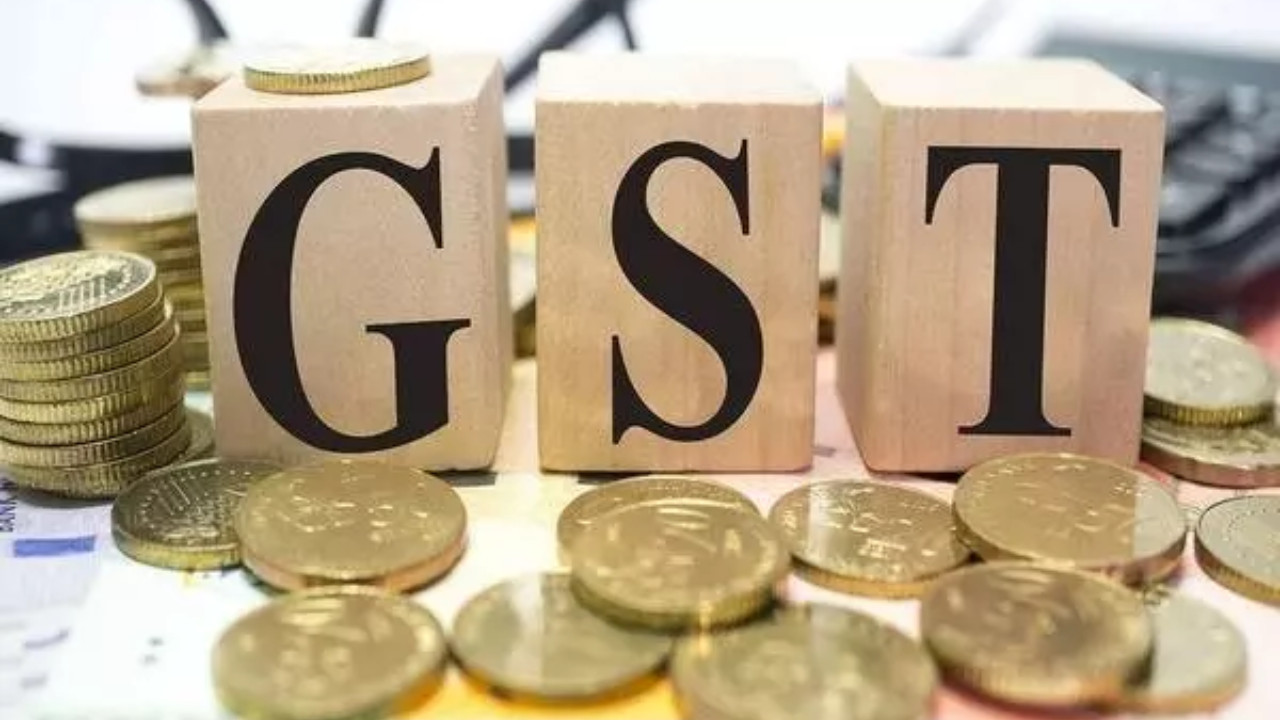India’s core infrastructure sectors experienced a significant slowdown in May 2025, growing by a mere 0.7%, the weakest performance in nine months. This decline was primarily driven by contractions in crude oil, natural gas, fertilizers, and electricity production. The subdued growth rate of 0.8% during April-May FY26 contrasts sharply with the 6.9% expansion observed in the corresponding period last year.
Uh Oh, Is India’s Economic Engine Sputtering? A Look at the Core Sector Slowdown
Okay, let’s talk shop. Numbers don’t lie, or so they say. But sometimes, they whisper a story that’s a little… concerning. And that’s the vibe I’m getting from the latest core sector data. The eight infrastructure industries that form the backbone of India’s economy – things like coal, crude oil, natural gas, refinery products, fertilizers, steel, cement, and electricity – collectively grew by a measly 0.7% in May.
Now, 0.7% might sound like something, but trust me, it’s practically crawling compared to the 4.3% growth we saw in April. More importantly, it’s a nine-month low. Think about that for a second. We’re talking about the slowest pace in almost a year. And when the engine of your economic growth slows down, you naturally get a little uneasy.
What’s causing this slump? Well, the report points fingers at a few culprits, specifically crude oil, natural gas, and electricity. Production in these sectors has been sluggish, acting like a serious drag on the overall index. Crude oil production plummeted by a hefty 5.2%, and natural gas followed with a decline of 3.2%. Electricity generation, usually a reliable performer, only managed a meager 0.9% increase.
That weak electricity generation figure, in particular, is a bit of a head-scratcher. We’re heading into the hotter months, with air conditioning units humming away, so you’d expect electricity demand to be booming. This begs the question: are we seeing supply-side issues, or is there a slowdown in overall industrial activity that’s dampening demand?
On the bright side, it wasn’t all doom and gloom. Cement and steel, two key indicators of construction activity, actually showed healthy gains. Cement production jumped by a respectable 7.6%, and steel production climbed by 6.2%. This suggests that construction, at least, is still holding its own. Could it be that government infrastructure projects are providing a much-needed boost, or are private sector investments finally starting to translate into real-world activity?
The contrasting performance of these different sectors paints a confusing picture. It’s like looking at a car engine – some parts are firing on all cylinders, while others are sputtering and backfiring. You might still reach your destination, but the journey won’t be smooth.
Now, why should you care about all this technical jargon? Simple. The core sector performance is often seen as a leading indicator for the overall industrial output (Index of Industrial Production, or IIP). If the core sector is struggling, it usually means that the broader manufacturing sector is facing headwinds too. And that has implications for job creation, economic growth, and ultimately, your pocketbook.
The Reserve Bank of India (RBI) is already keeping a close eye on inflation, trying to walk a tightrope between controlling prices and supporting economic growth. This slowdown in the core sector could potentially complicate their task. Will they need to recalibrate their monetary policy? Will the government step in with targeted interventions to boost specific sectors? These are the questions swirling around right now.
Looking ahead, it’s vital to understand the underlying factors behind the sluggish performance of crude oil and natural gas. Are we facing production bottlenecks, regulatory hurdles, or simply a lack of investment in these crucial sectors? Addressing these issues head-on will be critical to turning the tide.
Moreover, the government might need to think strategically about diversifying our energy sources and promoting renewable energy adoption. Relying heavily on a few sectors makes us vulnerable to shocks, as this data clearly demonstrates.
So, where do we go from here? Frankly, I’m not convinced that one month’s data necessarily signifies a long-term trend. It could simply be a blip. However, it is definitely a wake-up call. This data acts as a reminder that sustained economic growth requires constant vigilance, smart policy decisions, and a willingness to adapt to changing circumstances.
We need to delve deeper into the reasons behind this slowdown and take proactive steps to ensure that India’s economic engine continues to purr along, rather than stutter and stall. Because at the end of the day, a strong core sector translates into a stronger economy for everyone. Let’s hope this is just a temporary hiccup and not a sign of something more fundamental. Only time will tell, but keeping a close eye on these numbers is now more important than ever.







